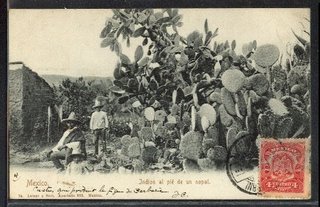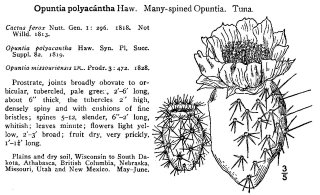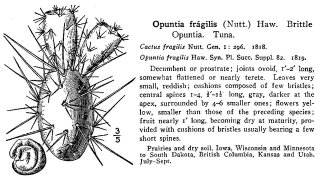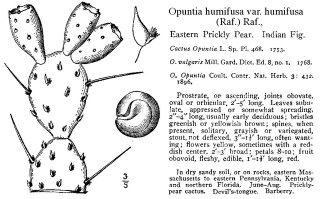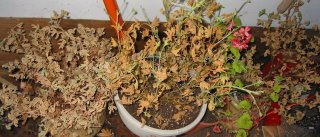
Here is a photo of Ning's Pond, Dec. 15, 2005. The fish are visible under the clear sheet of undisturbed ice.
Nice to have some perspective. This year, the pond has not frozen yet. I got out my "pre weblog" ie., paper-based-log, from the past 2 year (I suppose this would be a plog?) and reviewed some of the notes from about this time of year. One 12/21/05, I had pruned the roses, and spread coffee grounds around on the new tomato bed. I had reviewed the tomatoes from the year before, concluding that Lemon boy and better boy were the best in 2005 (production, size, and flavor, like we used to have in Quincy, Illinois), and the best gourmet-flavor was Brandwine; the worst were stupice and juliet, which I did not try again. Two weeks later I had pruned the grapes, and sprayed lime-sulfur on the peaches, apples, cherries, and roses.
Something to look forward to, by 1/20/06, the chinese chives were 4 inches tall, the hellebores were blooming, and the daffodils and tulips had broken through the soil surface and were 1-2 inches tall. That's only 3 weeks away.
By early January, I was also spreading compost on the raised beds.
For the most part, everything went well. I think that I was much too early, however, in pruning the roses, so they will be done much later this year (maybe early March).
As for today -
I did prune grapes ('Price' and 'Farmer's Market'), leaving the arbor grapes (Interlaken, Canadice, and Venus) for the next round. It's difficult to decide whether to prune by the "spur" or "cane" method, so last year I used a mixture of the two. These are in unconventional settings (Price is over a gate, and Farmer's Market is along a fence and growing up into an ornamental cherry) so the standard Kniffen method won't do. Basically, on each vine, 3-4 canes were kept, and a replacement spur for each cane, plus spurs on the trunks or older canes. I'll photograph the arbor grapes, when they are pruned, for record-keeping.
I also pruned the cordon - type apple (North Pole) to keep it columnar - shortening small branches back to spurs; the dwarf peaches to remove dead material and keep them open, and thin the new growth; similar for the back-yard cherries and pear.
The peaches have much evidence for disease - peeling bark and gelled sap, and dead twigs. Pruning them was the horticultural equivalent of debridement. I wonder if they will survive, let alone provide peaches this year? They look pretty good now that their 'surgery' is done, but only time will tell.
The ginkgos were lightly groomed (there isn't much there to prune yet). Just removal of twigs before they become branches in the 'wrong places'. I was careful to clean & sharpen the pruning shears before this (and between each of the fruit trees). The tallest one, in the back yard, did get 'limbed up' so that now the lowest branches are at about 4 feet. Just to find out if it can be done, some selected prunings were heeled-in, in a vegetable bed, to see if they will take root and grow next Spring.
Figs were also pruned - Vancouver, Petite negri, and Brown Turkey. The objective, here too, was to keep a compact, but open, bowl-shaped tree (similar to the peaches and cherries). Some prunings will be mailed to other gardeners, for cuttings.
A few lillies, galdiolus, crocosmia, and other dead stems were removed and chopped as well.
Nice day outside. It's a little dangerous leaving me in the yard with a pair of pruning shears - kind of like the saying. "Give a man a hammer, and he'll discover loose nails everywhere" - but I don't think that I overdid it. And I feel better now.




